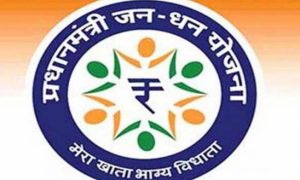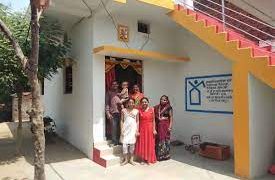In the Budget 2018 when the Narendra Modi government announced Rs 5 lakh healthcare coverage each to 10 crore poor families, loosely dubbed as Modicare, questions that popped up were how is this plan going to work, and is the budgetary allocation enough?
Health Minister J P Nadda later said that the government has allocated Rs 10,000 crore for the programme. Narendra Modi is reportedly planning to launch it on August 15, which will mark India’s 72nd Independence Day. So far, the government has finalised the beneficiaries and has put in place IT infrastructure and is working on the involvement of hospitals, and public and private insurance companies, Bloomberg reported earlier.
The yet to be implemented National Health Protection Scheme (NHPS) aka Ayushman Bharat aka Modicare seems “well-intended” and can boost health insurance penetration from the current 34% to 50%, Crisil said in a research report. However, there is a concern: a projected premium of Rs 216 per person or Rs 1,082 per family, at a budget of Rs 10,000-11,000 crore, “looks very low”, Crisil report said.
The NHPS programme subsumes centrally-funded state-level Rashtriya Swasthya Bima Yojana, which provided a coverage of Rs 1-2 lakh to about 3.63 crore families in the fiscal year 2016-17.
The research by Crisil points out that net incurred claim ratio (ICR) for government-sponsored schemes including RSBY has remained above 108% in the last three years, while that of most private insurers have stayed below 85% for overall health insurance business. Incurred claim ratio is the ratio of total claim paid by health insurance and the total premium collected in the same period.
Assuming that the ICR for private players that participate in the Modicare plan remains 85% and the hospitalisation ratio is at 7.5% families, the national average premium for an average claim of Rs 20,000 per family will come to Rs 1,765, which is 63% higher than the NHPS premium rate of Rs 1,082 per family, Crisil calculation showed.
Besides premium, frauds can also pose a big challenge. Recently, NITI Aayog member V K Paul hinted at the possibility of fraud in Modicare when asked about Rajasthan’s healthcare scheme — Bhamashah — in which the premium increased from Rs 300 to Rs 1,300 in just two years.
“No matter what precautions you take, there will be an issue of insurance companies trying to make money. In some cases, not specific to the Rajasthan scheme, there was cartelisation by companies. They probably made losses after the first year because the premium was too low. So the next year they raised it all together. Now, these are bad practices and have to be tackled. That is where the system would come in,” V K Paul recently said at a media session.
Noted development economist Jean Dreze also raised concern over low healthcare allocation for a huge population of 50 crore, and called Modicare a “hoax”. When FE Online reached out to him for further explanation, he said that the per person per year premium is just Rs 200. “The Rs 10,000 crore for healthcare is just chicken feed. This is just a marginal increase in an abysmally low budget allocation for the healthcare – one of the lowest in the world as a proportion of GDP,” Jean Dreze said.
For more updates: Like us on Facebook and follow us on Twitter & Instagram




































